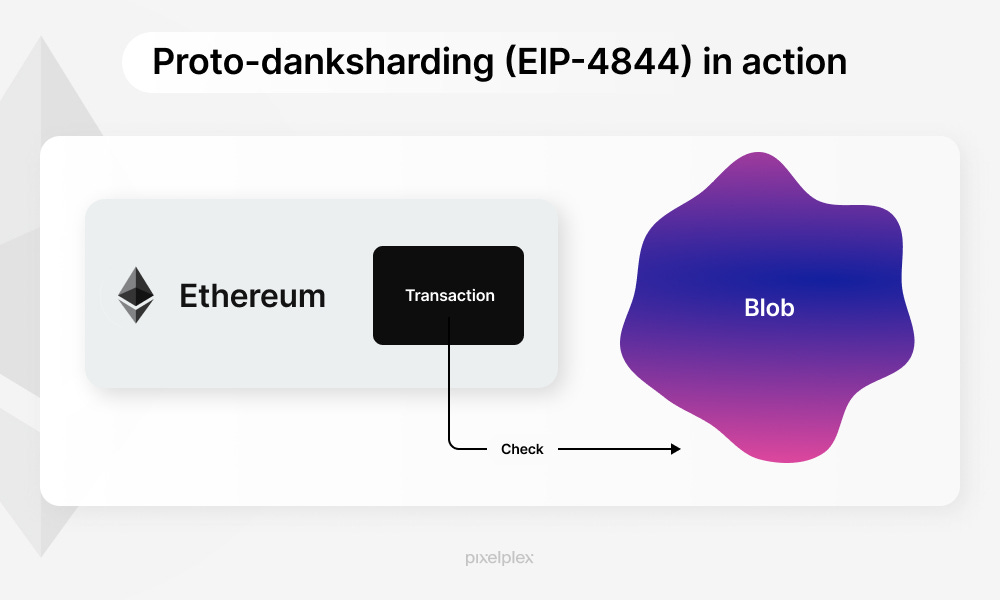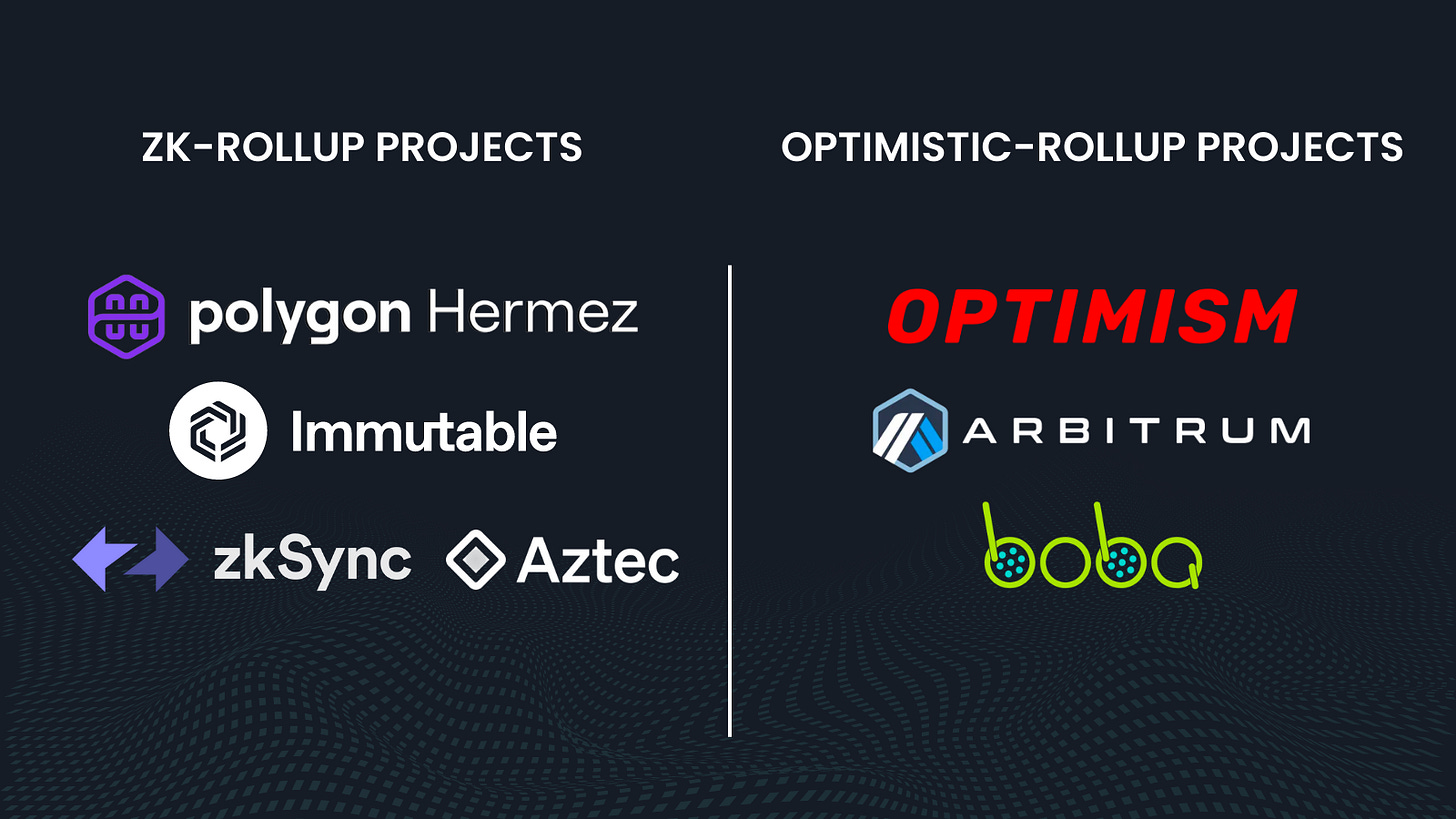Introduction
Ethereum, the backbone of decentralized finance (DeFi) and Web3, has long grappled with scalability challenges. Despite its dominance, high gas fees and network congestion have limited the mass adoption of Ethereum-based applications. However, by 2026, Ethereum's roadmap envisions transformative scaling solutions that promise to elevate the network's capacity, reduce costs, and enable mainstream adoption.
The Current State of Ethereum Scaling
Ethereum's transition to proof-of-stake (PoS) through the Merge in 2022 laid the foundation for scalable infrastructure. Yet, the network's capacity remains constrained, supporting roughly 15-30 transactions per second (TPS). Layer 2 solutions such as Optimistic Rollups and zk-Rollups currently provide relief by processing transactions off-chain and settling them on Ethereum, but further advancements are required.
Key Scaling Innovations by 2026
Danksharding and Proto-Danksharding
Danksharding, a major upgrade anticipated by 2025, introduces data availability sampling (DAS) to scale Ethereum exponentially. This innovation enables nodes to verify large amounts of data without downloading the entire block.
Proto-Danksharding (EIP-4844) is an intermediary step expected to launch earlier, providing blob-carrying transactions that significantly reduce data costs for rollups.
zk-Rollup Dominance
Zero-knowledge rollups (zk-Rollups) are projected to become the dominant Layer 2 scaling solution by 2026. Unlike Optimistic Rollups, zk-Rollups offer faster finality by generating cryptographic proofs of validity, enhancing both speed and security.
Projects like zkSync, StarkNet, and Polygon zkEVM are spearheading zk-Rollup advancements, potentially driving Ethereum's throughput to hundreds of thousands of TPS.
Ethereum Virtual Machine (EVM) Upgrades
Enhancements to the Ethereum Virtual Machine (EVM) will optimize smart contract execution, reducing computational overhead and allowing for more complex decentralized applications (dApps) to function efficiently at scale.
Cross-Layer Interoperability
By 2026, Ethereum will likely feature enhanced cross-chain and cross-rollup interoperability, enabling seamless asset transfers and liquidity sharing across Layer 2 networks. This interoperability will unlock new possibilities for DeFi, gaming, and the metaverse.
The Impact of Scaling on Ethereum's Ecosystem
Reduced Gas Fees: Lower transaction costs will democratize access to DeFi, NFTs, and decentralized applications, driving user adoption across diverse demographics.
Enhanced User Experience: Faster transaction confirmations and higher throughput will improve the overall user experience, making blockchain interactions more intuitive and efficient.
Enterprise Adoption: Scalable infrastructure will attract enterprises seeking to leverage Ethereum for supply chain management, finance, and digital identity.
Challenges Ahead
While the future of Ethereum scaling appears promising, challenges such as decentralization trade-offs, governance disputes, and unforeseen technical hurdles may arise. The Ethereum community's collaborative ethos, however, remains a driving force behind ongoing innovation.
Conclusion
By 2026, Ethereum's scaling roadmap aims to solidify its position as the leading smart contract platform, capable of supporting the next generation of decentralized applications. Through innovations like Danksharding, zk-Rollups, and EVM upgrades, Ethereum is set to transcend its scalability limitations, paving the way for a decentralized, efficient, and inclusive digital economy.








